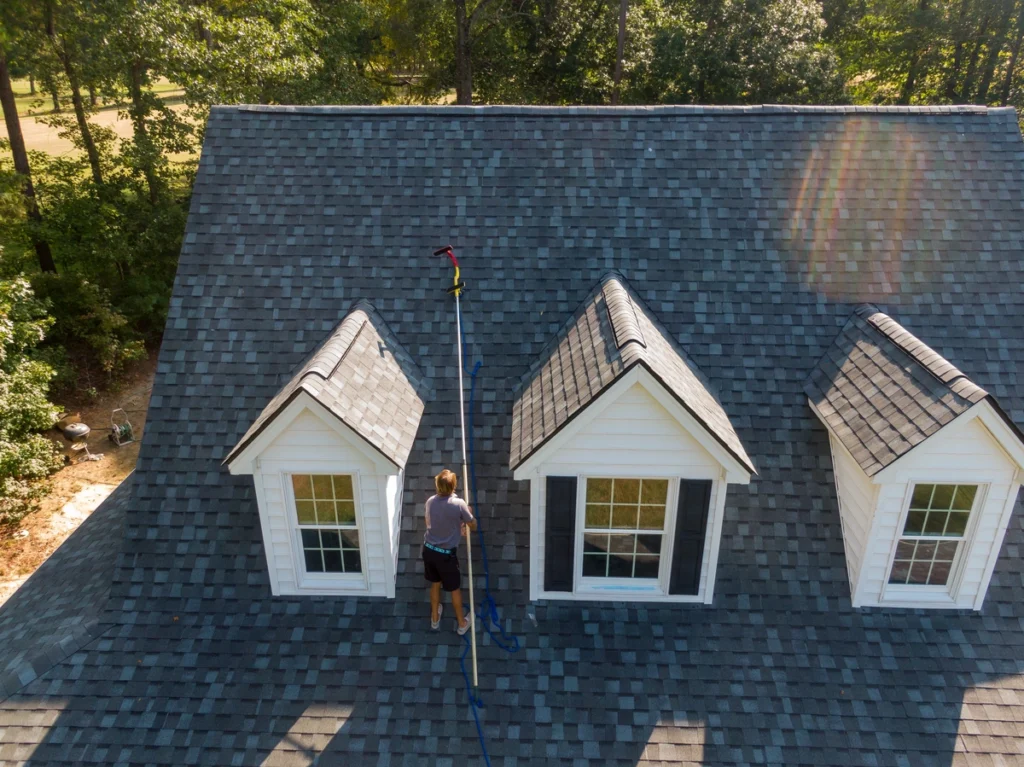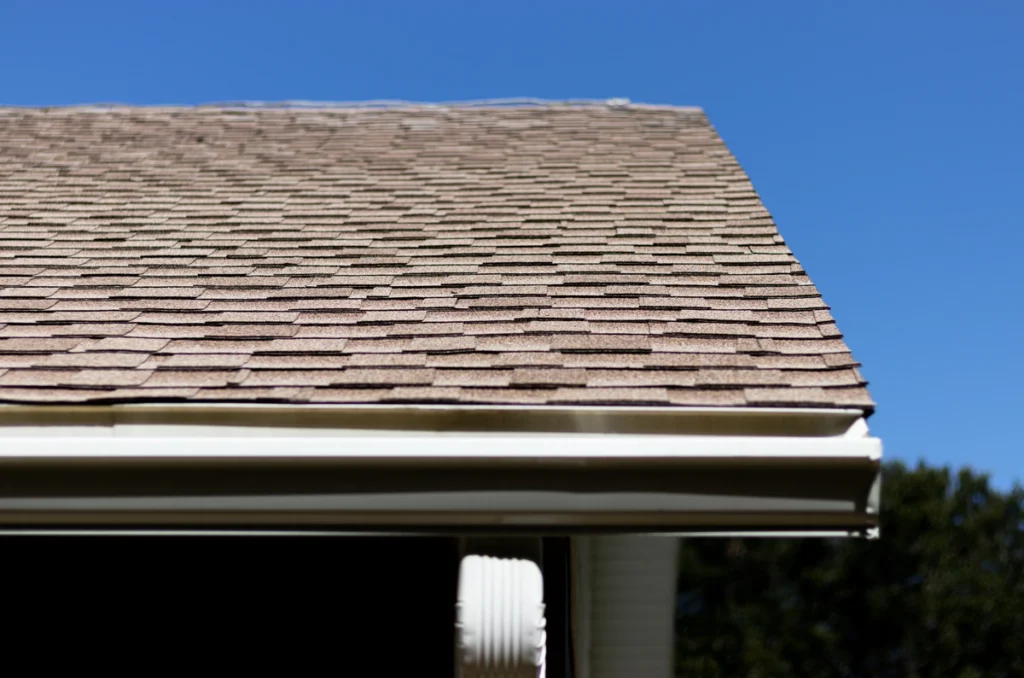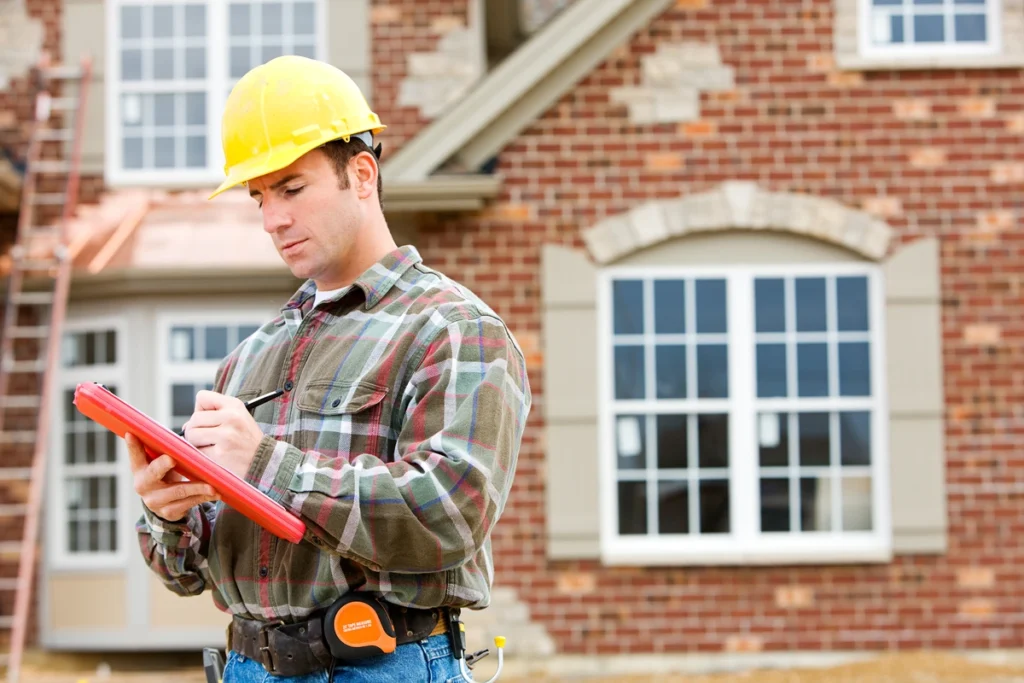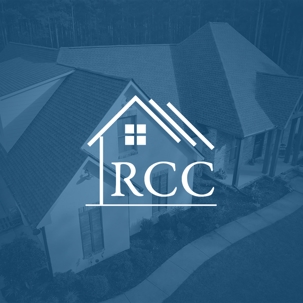Your home’s roof is its first line of defense against the elements. Sadly, it often gets overlooked until a major issue arises – as leaks or water damage appears within your house.
As homeowners, routine roof inspections can save you from unwanted surprises and costly repairs down the line. In this blog post, we’ll walk you through an essential roof inspection checklist that helps ensure your roofing system stays in optimal condition.
You’ll learn to spot warning signs early on and promptly make informed decisions about maintaining or repairing your roof.
The Importance of Regular Roof Inspections

Regular roof inspections are crucial as they help in the early detection of potential issues, prevent costly repairs, and ensure the roof’s longevity.
Early Detection of Potential Issues
A proactive approach to performing regular roof inspections can pave the way for the early detection of potential issues.
Maintaining an eye on minor details such as missing shingles or broken flashing is important. If overlooked, these small inconsistencies might snowball into more significant hindrances later down the line, like wood rot in rafters or mold growth in insulation materials due to moisture intrusion.
Preventing Costly Repairs
Regular roof inspections serve a dual purpose: they ensure the longevity of your roofing system and save you from hefty repair costs. A tiny crack or hole, sometimes undetectable to an untrained eye, could escalate into significant water damage if left untreated.
Regularly having your roof inspected by a professional roofing contractor significantly reduces the risk of these potential problems spiraling out of control. These experts use comprehensive roof inspection checklists covering all aspects – from debris-filled gutters to poorly sealed flashing around chimneys and skylights.
In essence, prevention is far less expensive than dealing with substantial repairs down the line – clearly displaying how regular roof inspections are an investment in the lifespan of your home’s roofing system and a smart financial decision.
Ensuring the Longevity of the Roof
Regular roof inspections can play a vital role in extending the life of your home’s roofing system. Detecting potential problems such as standing water, cracks, or loose shingles early on is one significant way to ensure this longevity.
For instance, finding standing water, or a small roof leak before it seeps into the walls and before it causes significant water damage.
Similarly, elements like flashings around chimneys or vent pipes need regular checks for proper sealing; any broken seals could lead to leaks that may damage your attic insulation and rot your wooden rafters over time.
Essential Items on a Roof Inspection Checklist

The roof inspection checklist includes checking for visible damage from the ground.
Check for Visible Damage From the Ground
One important item on a roof inspection checklist is to check for visible damage from the ground. This step allows homeowners to get an initial assessment of their roof’s condition without climbing onto it.
Inspecting the roof from below, you may be able to identify broken or used nails, loose shingles, sagging areas, or even missing pieces. Look out for discolored patches or areas where light is coming through, as this could indicate water damage or potential leaks.
If something doesn’t seem right during your visual or roofing inspection checklist or inspection from below, it’s best to call in a professional roofing contractor.
Examine Gutters, Eaves, and Soffits
During a roof inspection, it is crucial to examine the gutters, eaves, and soffits. Start by checking for any debris or clogs in the gutters that could obstruct water flow.
Next, inspect the eaves and soffits for any signs of rot or damage caused by pests.
Pay close attention to any discoloration or staining on these surfaces, as they may indicate water seepage from faulty gutters or other issues with your roofing system.
Inspect for Cracked Caulk and Damaged Flashing
During a roof inspection, inspecting for cracked caulk and damaged flashing is crucial. Caulk is a sealant around vents, chimneys, and other areas on roofs where the roofing material meets another surface.
In addition to cracked caulk, examining the flashing on your roof is important. Flashing is a metal or plastic material that prevents water from entering the attic through gaps between different roof system components.
By including these checks in your roof inspection checklist, you can detect potential problems early on and address them promptly.
Assess the Condition of Shingles or Roofing Material
To ensure the longevity and structural integrity of your roof, it’s crucial to regularly assess the condition of shingles or roofing material. Over time, weather conditions and general wear and tear can cause shingles to become loose or damaged.
Start by visually examining your roof from ground level. Look for any broken or loose shingles visible from this vantage point. Check for cracks, holes, or rot signs in the shingles. Look for missing pieces or areas where the shingles appear brittle or worn out.
Remember that assessing the condition of your roofing material is not limited to just checking individual shingles. Inspect other decking components, such as flashing around chimneys, vents, gutters, and eaves, to make sure everything is properly sealed.
Hiring a Professional Roof Inspector

Ensuring the safety and longevity of your home’s roof is crucial, so hiring a professional roof inspector is highly recommended. These experts have the knowledge and experience to thoroughly examine your home’s roof.
A professional roof inspector follows a comprehensive checklist during their evaluation process. They meticulously examine the condition of your shingles or roofing material and other vital components such as flashing, gutters, vent pipe covers, and caulking.
Moreover, by hiring a qualified roof inspector, you gain access to their expertise in recognizing signs of potential problems that an average homeowner might overlook. From cracked caulk and damaged flashing to loose shingles and rotting rafters, these professionals know exactly what red flags to look for.
Regular inspections by a reputable roofing contractor give you peace of mind and save you money in the long run.
Conclusion
Regularly inspecting your roof is vital for maintaining the integrity and longevity of your home. Using a comprehensive roofing inspection checklist, you can identify potential issues before they escalate into costly repairs.
Whether you conduct a DIY roof inspection or hire a professional roof inspector, staying on top of regular inspections will save you time, money, and stress in the long run.
By being proactive with your roof maintenance efforts, you can protect your home from water damage, leaks, and other potential problems that may arise over time.

